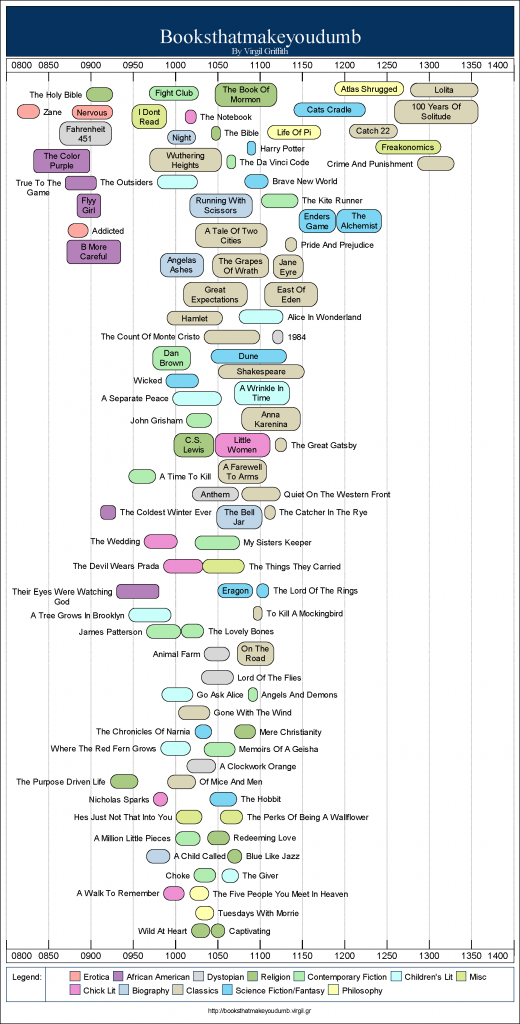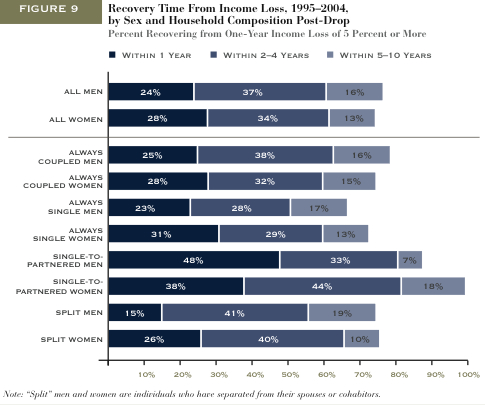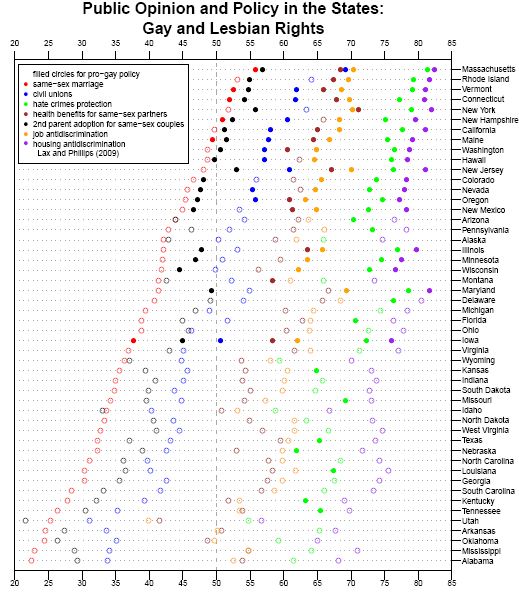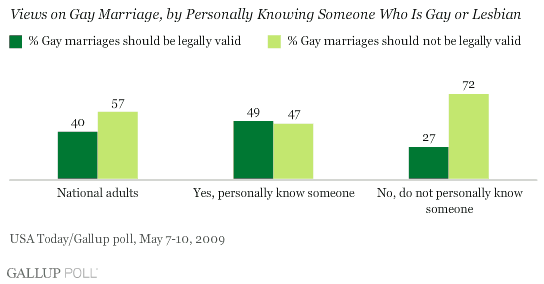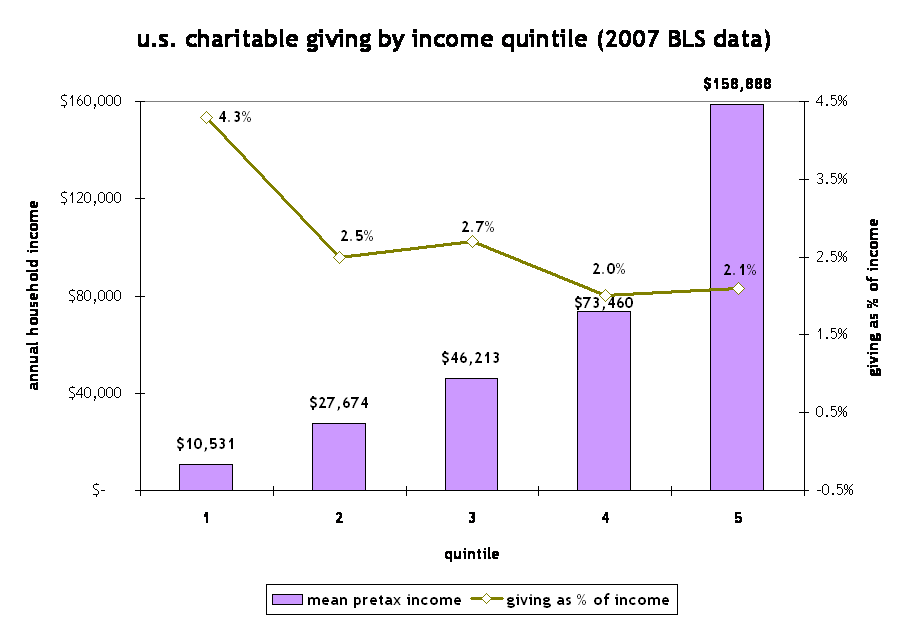
This clip from The Daily Show nicely illustrates how ridiculous and utterly meaningless the statistics we encounter can be:
This probably goes without saying, but there are multiple problems here:
1. Viewers of these shows are a self-selected group who are quite likely watching because they agree with the hosts to some degree, so it wouldn’t be surprising they’d agree with the hosts’ views.
2. Viewers who care enough to text are an even more unusual group, likely to be those who feel most passionately about an issue.
3. Only those people watching the show and are able to text right then are able to vote.
4. The wording of the questions is clearly intended to lead to a particular answer, using leading phrases like “are you outraged,” which responsible social scientists would never use–any question that uses something along the lines of “don’t you agree” or “wouldn’t you say that” makes it more likely the respondents will, indeed, agree with the point.
5. The hosts actively cajole viewers to give a specific answer if they aren’t getting as many of that answer as they wanted.
Of course, the hosts aren’t trying to present factual, useful information and almost certainly know very well that they’re manipulating questions to get results that will appear to overwhelmingly support their position. But we’re inundated with “statistics” such as these every day that are completely meaningless, but many many people don’t know how to evaluate them. This little clip shows some of the things a person should look for as an indication that a number was created to support a particular viewpoint and should be viewed with extreme skepticism, if not dismissed altogether.
Gwen Sharp is an associate professor of sociology at Nevada State College. You can follow her on Twitter at @gwensharpnv.

